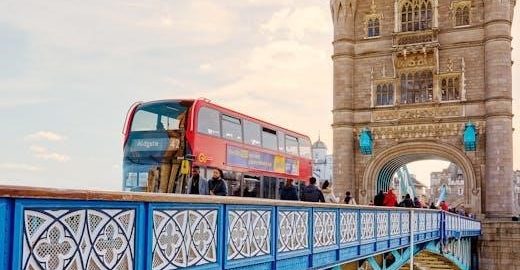A UK Visit Visa Cover Letter is a formal document submitted alongside your visa application, outlining your travel plans and intentions to visit the UK. It provides a concise overview of your application, ensuring clarity and completeness for the visa officer. A well-written cover letter can significantly strengthen your application by demonstrating your preparation and adherence to visa requirements. It is essential to tailor the letter to your specific circumstances, whether for tourism, business, or visiting family and friends. This section introduces the key elements and purpose of a cover letter, helping you understand its importance in the visa process.
1.1 Importance of a Cover Letter in Visa Applications
A cover letter plays a crucial role in UK visit visa applications, serving as a personal introduction to your case. It complements the visa application form by providing a detailed narrative of your travel plans, financial stability, and intentions. A well-crafted cover letter demonstrates professionalism and clarity, helping visa officers understand your application better. It highlights key points, addresses potential questions, and ensures all required information is presented cohesively. A cover letter also showcases your sincerity and preparedness, increasing the likelihood of a positive outcome. By summarizing your application effectively, it bridges gaps between formal documentation and personal circumstances, making your case more compelling and organized.
1.2 Purpose of the Cover Letter
The primary purpose of a cover letter in a UK visit visa application is to provide a clear and concise explanation of your travel intentions. It serves as a personal introduction, outlining your reasons for visiting the UK, such as tourism, business, or family visits. The letter should detail your travel plans, including dates, destinations, and activities, while also addressing how you will finance your trip and where you will stay. Additionally, it should highlight your ties to your home country, ensuring the visa officer understands your intent to return after your visit. By presenting this information cohesively, the cover letter helps streamline the decision-making process for visa officers, making your application more organized and transparent. It is a vital component that complements the formal application form and supporting documents, offering a personalized narrative that enhances your case. A well-written cover letter can significantly improve the clarity and persuasiveness of your application, making it more likely to be approved. It is essential to tailor the letter to your specific circumstances, whether you are visiting for leisure, work, or to meet family and friends. By doing so, you demonstrate a thorough understanding of the visa requirements and your commitment to complying with them.
1.3 Key Differences Between a Cover Letter and a Visa Application Form
A cover letter and a visa application form serve distinct purposes. The visa form is a standardized document collecting factual information, while the cover letter provides a narrative explanation of your application. The form requires specific details like personal information, travel dates, and financial status, organized into structured fields. In contrast, the cover letter allows you to elaborate on your travel plans, explain complexities, and address potential concerns. It offers flexibility to highlight your financial stability, accommodation arrangements, and the purpose of your visit in a personalized manner. While the form is rigid and factual, the cover letter adds context and clarity, making your application more comprehensive and persuasive. Together, they complement each other, ensuring a thorough and organized presentation of your visa request.
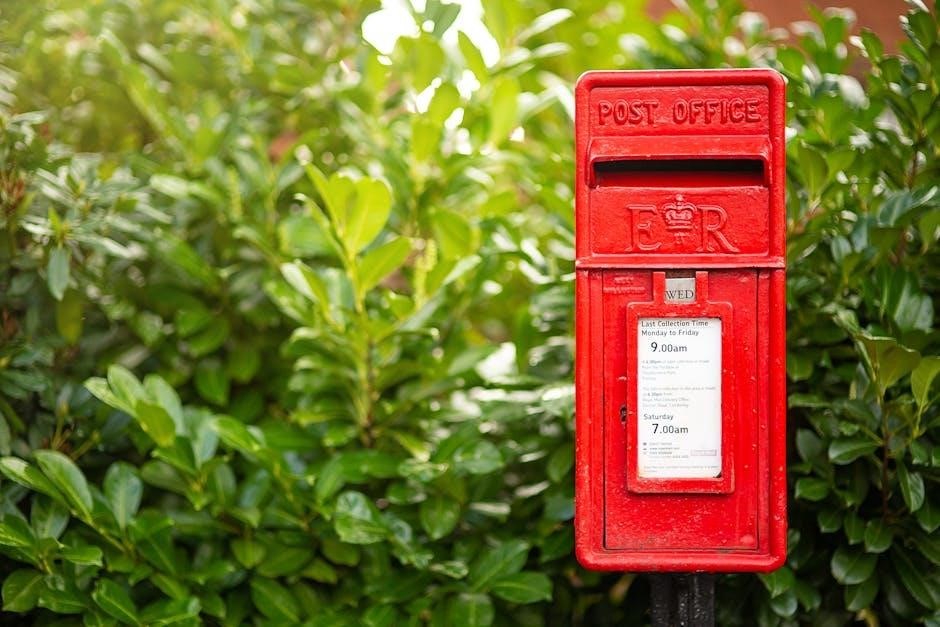
Key Sections to Include in a UK Visit Visa Cover Letter
Contact information, visa officer’s address, subject line, purpose of visit, travel itinerary, financial proof, accommodation details, and supporting documents are essential sections to include for clarity and completeness.
2.1 Contact Information
Your contact information should be clearly stated at the top of the cover letter. Include your full name, passport number, citizenship, home address, email, and phone number. This ensures the visa officer can easily identify you and verify your application details. Providing accurate and up-to-date contact information is crucial for maintaining clear communication throughout the visa process. It also demonstrates professionalism and attention to detail, which are essential for a successful application. Ensure all details match the information provided in your visa application form to avoid discrepancies. This section is vital for establishing credibility and facilitating smooth processing of your UK visit visa application.
2.2 Visa Officer’s Address
The cover letter should formally address the visa officer, typically starting with “Dear Sir/Madam” or “To the Visa Officer.” Include the full address of the UK Visas and Immigration department or the specific visa application center handling your case. This demonstrates professionalism and ensures your application is directed to the correct authority. The address should be accurately written to avoid delays in processing. For example, it might be “UK Visas and Immigration, [Specific Application Center Address].” Always verify the correct address from the official gov.uk website to ensure accuracy. This step is essential for maintaining formality and ensuring your application is properly routed. Proper addressing enhances the credibility of your application and shows attention to detail.

2.3 Subject Line
A clear subject line is crucial for quickly conveying the purpose of your cover letter. It should include your full name, passport number, and the type of visa you’re applying for. For example, “Application for UK Standard Visitor Visa – John Doe, Passport Number: XXXXXXXX.” This helps the visa officer immediately identify your application and its purpose. The subject line should be concise and precise, avoiding unnecessary details. It should be bold or underlined to stand out. A well-crafted subject line ensures your application is processed efficiently and professionally. This section highlights the importance of a subject line in making your cover letter organized and easily identifiable. Proper formatting enhances readability and professionalism.
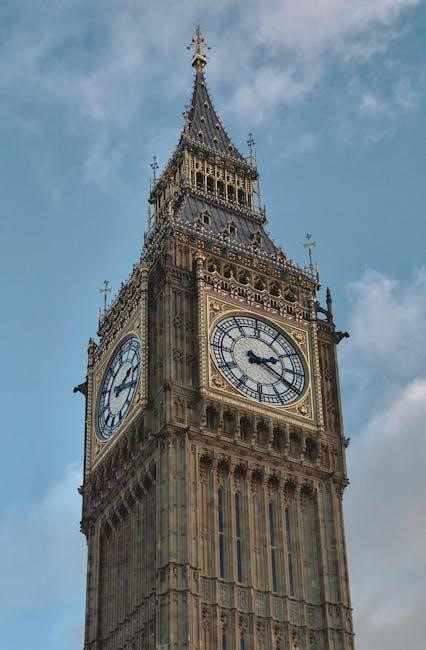
2.4 Purpose of Visit
The purpose of visit section clearly states the reason for your trip to the UK. It should be concise and specific, explaining whether you are visiting for tourism, business, or to see family and friends. Include travel dates, plans, and any significant events or meetings. For tourism, mention key places you intend to visit. For business, provide details of meetings or conferences. For family visits, include the relationship and contact details of your host. Avoid vague statements to prevent misunderstandings. This section ensures the visa officer understands your intentions and assesses the legitimacy of your application. Clarity and honesty are essential to avoid visa rejection. Properly detailing your purpose demonstrates credibility and preparation. This section is vital for a successful application.
2.5 Travel Itinerary
The travel itinerary section outlines your planned schedule during your stay in the UK. Include your intended travel dates, flight details, and accommodation arrangements; Provide a brief overview of your daily plans, such as visiting landmarks, attending events, or meeting contacts. This demonstrates the organization and legitimacy of your trip. Be specific but concise, avoiding overly detailed schedules. Ensure the itinerary aligns with the purpose of your visit and supports your application. A clear and realistic travel plan helps the visa officer assess your intentions and verify the credibility of your application. This section is crucial for showing your trip is well-planned and genuine.
2.6 Financial Proof
Financial proof is essential to demonstrate your ability to support yourself during your stay in the UK. Include bank statements showing sufficient funds, salary slips, or employment letters. Specify the total amount available and how it covers expenses like accommodation, food, and transportation. Mention any additional financial support, such as a sponsor’s letter or income from other sources. Ensure all documents are recent and clearly indicate your financial stability. This section reassures the visa officer that you can afford your trip without relying on public funds or engaging in unauthorized work, thus strengthening your application’s credibility and compliance with visa requirements.
2.7 Accommodation Details
Include details of your accommodation in the UK to demonstrate your travel plans are well-organized. Mention if you have booked a hotel, rented a property, or will stay with family/friends. Provide confirmation letters, booking references, or a letter from your host. Specify the address, dates of stay, and your host’s contact information if applicable. This section shows the visa officer that you have a clear plan for your accommodation, aligning with your travel itinerary. Ensure the details match the duration of your visit and are consistent with other parts of your application. This helps avoid delays or rejections due to unclear or mismatched information.
2.8 Supporting Documents

In your cover letter, list all supporting documents enclosed with your application. Include financial proofs, accommodation bookings, travel itineraries, and employment or study letters. Clearly state each document’s purpose, ensuring they align with your stated travel plans. For example, mention bank statements to show financial stability, hotel bookings to confirm accommodation, and invitation letters for family or business visits. This section helps the visa officer quickly verify the authenticity of your application. Be specific and concise, avoiding unnecessary details. Ensure all documents are up-to-date and relevant to your visit. This organized approach strengthens your application and demonstrates preparedness.
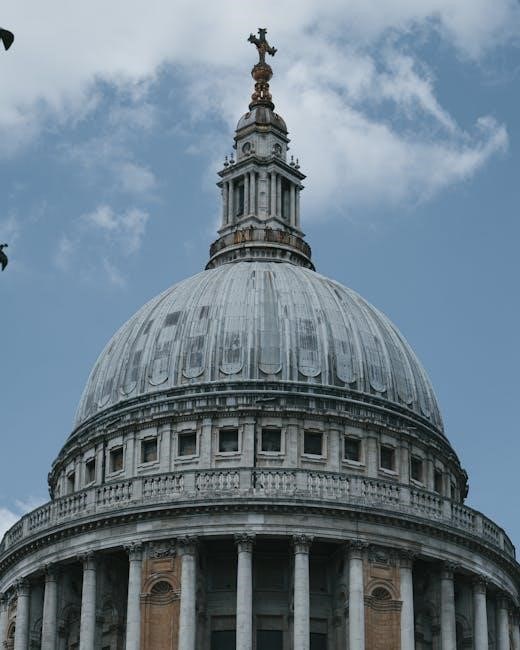
Sample Cover Letters for UK Visit Visa Applications
This section provides sample cover letters for various UK visit visa applications, including tourist, business, and family visits. These templates guide applicants in presenting their cases clearly and professionally, ensuring all necessary details are included. They are available as downloadable PDFs, offering a structured format to follow when drafting your own cover letter. By using these samples, applicants can better understand how to effectively communicate their travel intentions and supporting documentation to the visa officer.
3.1 Sample Cover Letter for Tourist Visa
A sample cover letter for a tourist visa outlines the applicant’s travel plans, accommodation details, and financial capacity to support their stay in the UK. It typically begins with the applicant’s contact information, followed by the visa officer’s address and a clear subject line. The letter states the purpose of the visit, such as sightseeing or visiting landmarks, and provides travel dates and an itinerary. It also includes details of booked accommodation, financial proof like bank statements, and lists supporting documents attached. The tone is formal and concise, ensuring clarity and completeness. This template helps applicants present their case effectively, adhering to visa requirements and demonstrating genuine intentions. Available as a PDF, it serves as a practical guide for drafting a compelling tourist visa cover letter.
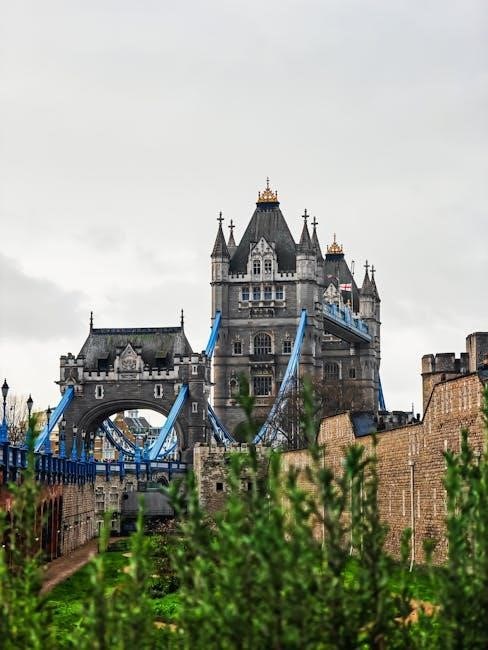
3.2 Sample Cover Letter for Business Visit
A sample cover letter for a business visit outlines the applicant’s professional purpose, meetings, and travel details. It begins with the applicant’s contact information and the visa officer’s address, followed by a clear subject line. The letter states the applicant’s name, passport number, and the name of the company they represent. It details the purpose of the visit, such as attending meetings, conferences, or negotiating contracts, and specifies the names and addresses of the UK-based companies or individuals they intend to meet. The letter also includes travel dates, accommodation details, and a list of supporting documents, such as an invitation letter from the UK company and financial statements. This template ensures clarity and professionalism, aligning with visa requirements for business visits.
3.3 Sample Cover Letter for Family Visit
A sample cover letter for a family visit includes the applicant’s name, passport number, and contact details, addressed to the visa officer. It states the purpose of the visit, such as meeting family members or attending a family event. The letter specifies the relationship with the family member in the UK, including their full name, address, and passport or residency details. It outlines the travel dates, accommodation arrangements, and lists supporting documents like an invitation letter from the family member, flight bookings, and proof of financial means. The tone is respectful and clear, ensuring the visa officer understands the intent and legitimacy of the visit.
Writing Tips for a UK Visit Visa Cover Letter
Clarity and conciseness are key. Use polite, professional language and proper formatting. Ensure all details align with your visa application and supporting documents.
4.1 Tone and Language
The tone of your UK visit visa cover letter should be formal and polite. Avoid using slang or overly casual language. Ensure clarity by expressing your intentions clearly and concisely. Use proper English grammar and spelling to demonstrate professionalism. Address the visa officer respectfully, using titles such as “Dear Sir/Madam” or “To the Visa Officer.” Maintain a respectful tone throughout the letter, as this reflects your seriousness about the application. Ensure that your language aligns with the purpose of your visit, whether it’s for tourism, business, or visiting family. Consistency in tone helps build credibility, making your application more persuasive.
4.2 Structure and Formatting
Proper structure and formatting are crucial for a UK visit visa cover letter. Begin with your contact information, followed by the visa officer’s address. Include a clear subject line stating the purpose of your application. Use bullet points or short paragraphs to organize details like travel dates, accommodation, and financial proof. Ensure the letter is neatly formatted with proper margins and font size. Avoid using markdown or overly decorative styles. Keep the tone professional and ensure all sections align logically. Use page numbers if the letter exceeds one page. A well-structured letter enhances readability and demonstrates your attention to detail, improving your chances of approval.
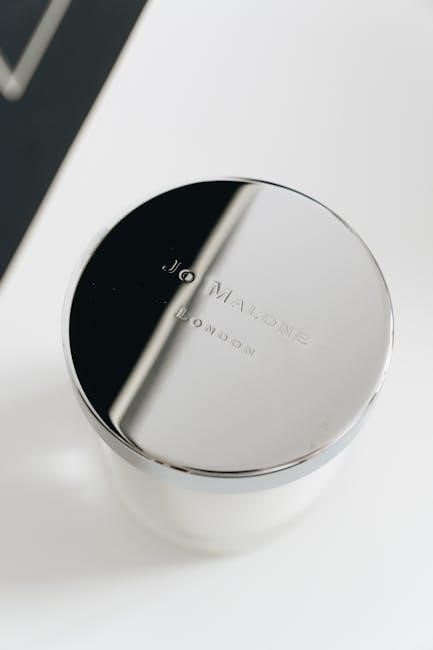
4.3 Proofreading and Editing
Proofreading and editing are essential steps in finalizing your UK visit visa cover letter. Errors in spelling, grammar, or punctuation can create a negative impression and may lead to delays or rejection. Carefully review the letter to ensure all information is accurate and consistent with your application. Check for clarity and conciseness, avoiding unnecessary details. Ask a trusted friend or professional to review the letter for any overlooked mistakes. Ensure all dates, names, and document references are correct. A polished and error-free letter demonstrates professionalism and attention to detail, increasing your chances of a successful visa application.
Common Mistakes to Avoid
One of the most frequent errors is submitting an application with incomplete or missing information, such as travel dates, accommodation details, or financial proof. This can delay processing or result in rejection. Ensure all required documents are included and properly referenced in the cover letter.
5.1 Incomplete or Missing Information
One of the most critical mistakes in a UK visit visa cover letter is providing incomplete or missing information. Failing to include essential details such as travel dates, accommodation arrangements, or financial proof can lead to delays or rejection. It is crucial to ensure all required sections are addressed, including purpose of visit, travel itinerary, and supporting documents. Applicants must double-check that all information aligns with the documents submitted, such as bank statements or flight bookings. Missing details can raise concerns about the credibility of the application, making it more likely to be rejected. Always verify that all necessary information is included before submission to avoid complications.
5.2 Lack of Clarity
A lack of clarity in a UK visit visa cover letter can confuse visa officers and hinder the application process. Using vague language or ambiguous statements about your travel plans, such as unclear purposes of visit or undefined itineraries, can lead to delays or rejections. It is essential to write clearly and concisely, avoiding overly complex sentences or jargon. Ensure that each section of the letter flows logically, with specific details provided for travel dates, accommodation, and financial support. Ambiguity raises concerns about the credibility of your application, so it is crucial to present your intentions and plans in a straightforward manner. Clarity enhances the professionalism and persuasiveness of your cover letter, making it easier for officers to assess your eligibility.
5.3 Insufficient Supporting Documentation
Insufficient supporting documentation is a common mistake that can weaken a UK visit visa application. Failing to include necessary documents, such as proof of financial stability, accommodation bookings, or travel itineraries, can raise concerns about the credibility of your application. Visa officers rely on these documents to verify the details outlined in your cover letter, so omitting them can lead to delays or rejection. It is crucial to ensure all required documents are included and clearly referenced in your cover letter. Missing or incomplete documentation can create doubts about your intentions or ability to support yourself during your stay in the UK, making it essential to double-check that all necessary paperwork is submitted. This oversight can significantly impact the success of your application, highlighting the importance of thorough preparation.
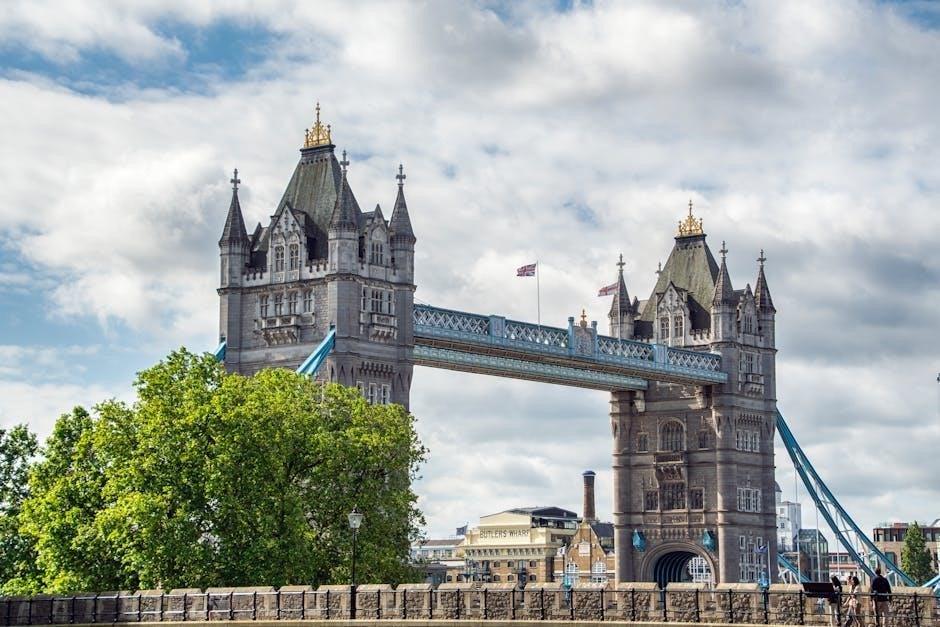
Additional Requirements
Beyond the cover letter, additional requirements like proof of employment, sponsorship letters, and language or translation documentation may be needed to strengthen your visa application.
6.1 Proof of Employment or Study
Proof of employment or study is essential to demonstrate your financial stability and intent to return home after your visit. Include an employment letter from your employer, detailing your job title, salary, and approved leave dates. If self-employed, provide business registration documents or financial statements. Students should submit a letter from their educational institution confirming enrollment and term dates. These documents help verify your ties to your home country and show that you have a stable income or academic commitments to return to. Ensure all documents are recent, official, and clearly state your position or student status to support your visa application effectively.
6.2 Sponsorship Letters
A sponsorship letter is required if someone else is financially supporting your UK visit. This letter must be written by your sponsor, stating their intent to cover your travel and living expenses. It should include their full name, address, and relationship to you, along with proof of their financial capacity, such as bank statements or salary slips. The letter should be signed and dated, confirming their commitment to support you during your stay in the UK. If your sponsor is a UK resident, they may need to provide additional documentation, such as their passport or proof of residence. This letter helps demonstrate that you have sufficient funds to support your visit without relying on public funds.
6.3 Language and Translation Requirements
Your UK visit visa cover letter must be written in English, as it is the primary language accepted by UK immigration authorities. If your documents are in another language, they must be accompanied by a certified translation. The translation should be provided by a professional translator or an official translation service. Ensure the translator includes their contact details and a statement confirming the accuracy of the translation. This requirement applies to all supporting documents, such as bank statements, employment letters, or sponsorship letters, if they are not in English. Accurate and professional translations are crucial to avoid delays or rejection of your application. Always double-check translations for clarity and correctness before submission.
A well-crafted UK visit visa cover letter is crucial for a successful application. Ensure all requirements are met, and documents are accurately prepared to avoid delays.
7.1 Final Checklist Before Submission
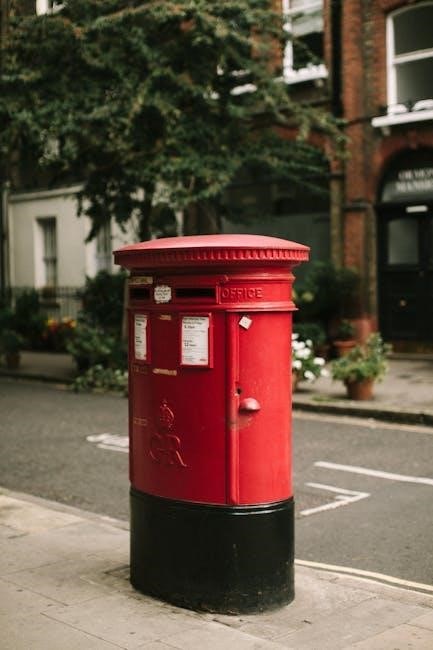
- Ensure all contact information is accurate and up-to-date.
- Verify the subject line clearly states the purpose of the application.
- Confirm the travel dates and itinerary are correctly specified.
- Check that financial documents and proof of accommodation are included.
- Ensure all supporting documents are attached and valid.
- Review the cover letter for clarity, grammar, and tone.
- Confirm the application aligns with UK visa requirements.
This checklist ensures your cover letter and application are complete, professional, and ready for submission.
7.2 Following Up on the Application
After submitting your UK visit visa application, it is important to track its progress. Most visa centers offer online tracking services, allowing you to monitor the status of your application. Typically, processing times range from 3 to 8 weeks, depending on the complexity of the case. Once a decision is made, your passport will be returned with the visa stamped or a refusal letter explaining the reasons. If you haven’t received a decision within the expected timeframe, you can contact the visa application center for an update. However, avoid excessive follow-ups, as this may delay the process further. Ensure you have a record of your application reference number for any correspondence.
